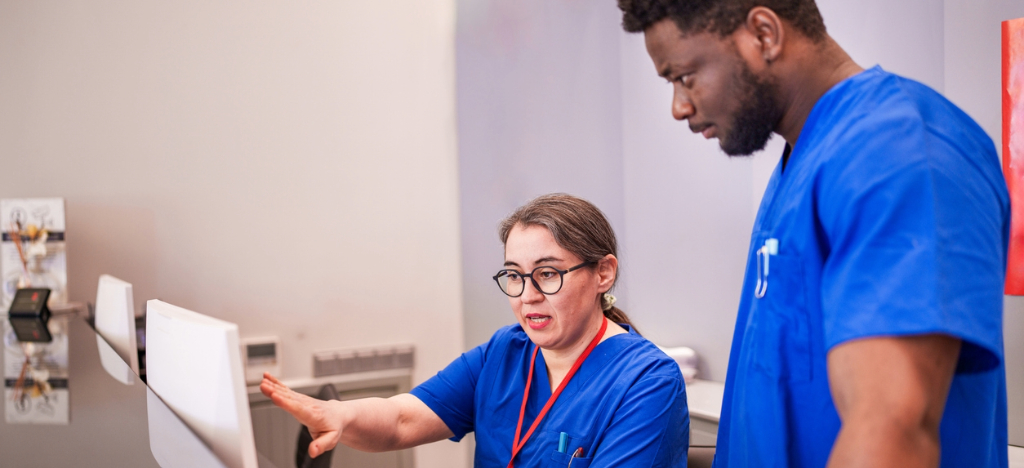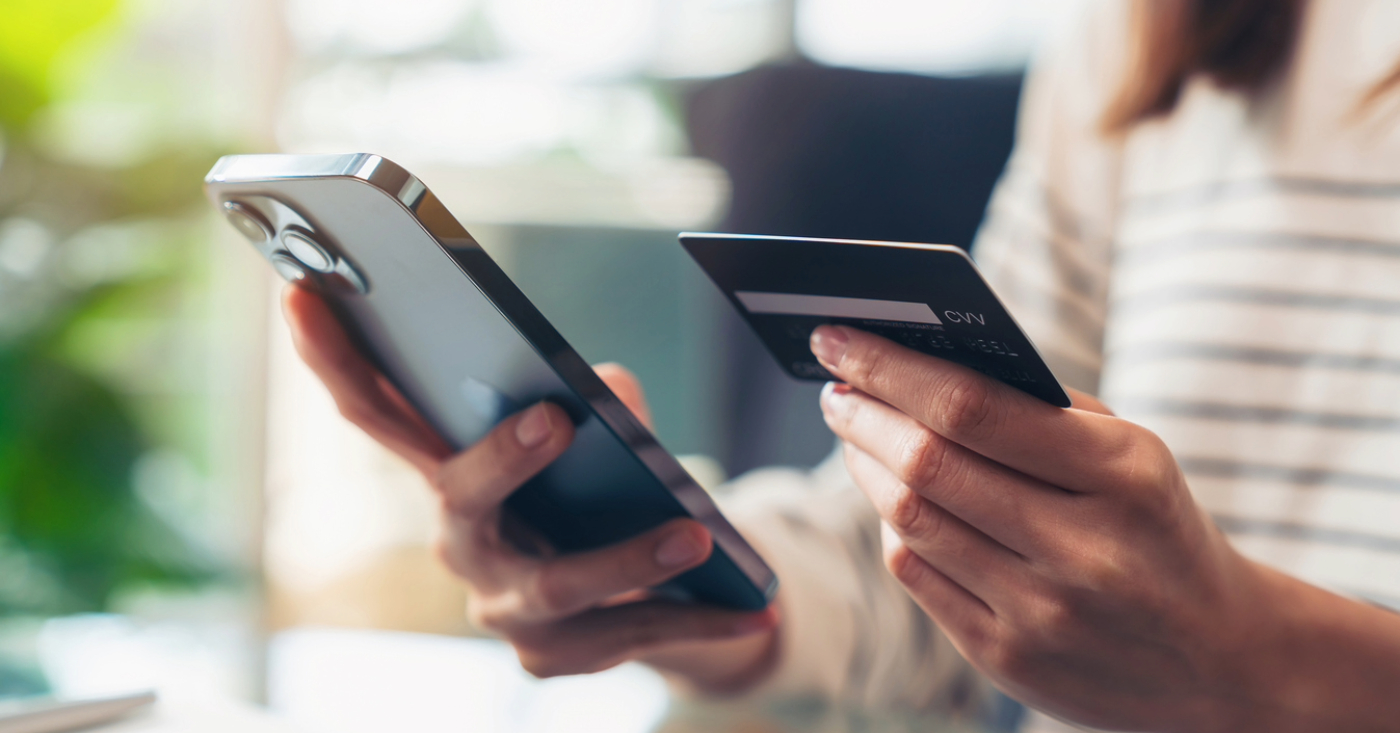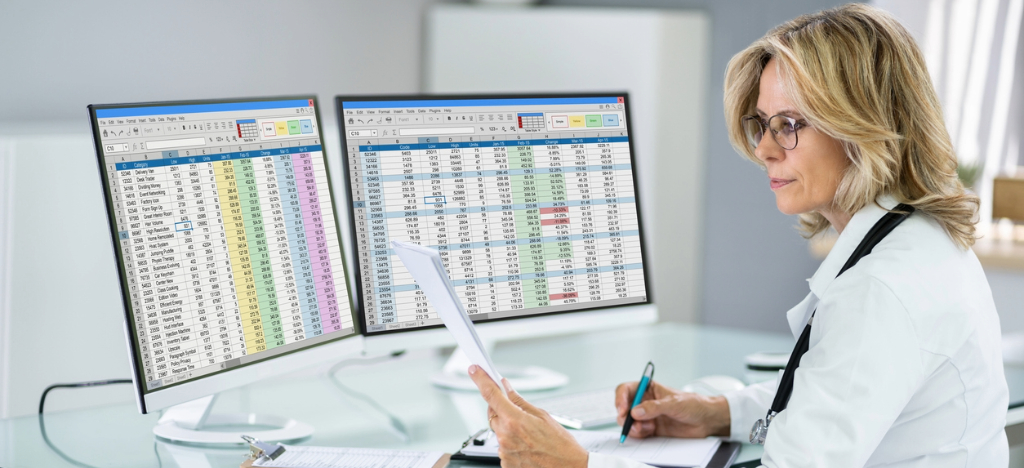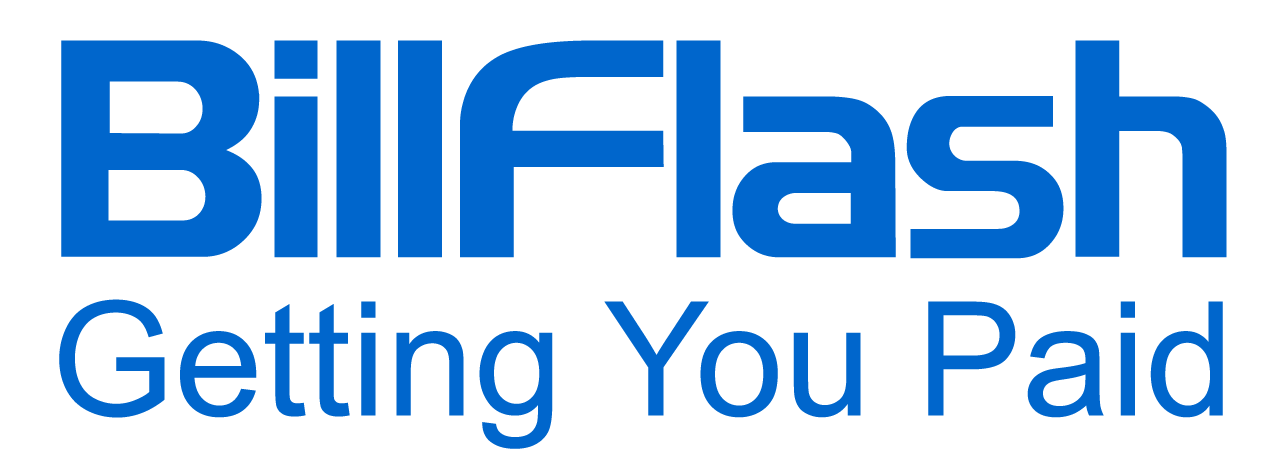Explore the numerous benefits of automated payment reminders and how they can help boost your practice's patient collections and revenue.
Collecting patient payments is costly and inefficient. One industry analysis found that 78% of providers struggle to collect bills over $1,000 within 30 days. Imagine the end of a long day with staff still on the phones trying to reach patients about these overdue balances, patients growing frustrated by the repeated calls or confusing statements, and the clock ticking on delayed revenue. Meanwhile, manual status checks cost providers an average of $9.37 per follow-up, adding up quickly when scaled across hundreds of accounts. It's no wonder experts estimate the healthcare industry could save $25 billion annually just by using automated payment reminders.
At the same time, patient expectations have evolved. Many now prefer digital interactions, especially when it comes to billing. One survey found that 62% of patients prefer receiving payment notifications via text or email, and more than half stated that a simple text reminder would prompt them to pay faster. Automated payment reminders—emails or SMS messages automatically sent in response to billing events, including invoice creation or due dates—encourage timely payments without requiring follow-up by hand. An analysis published by the National Library of Medicine found that the successful collection of co-pays and balances “requires regular follow-up via automated payment reminders.” By automating these reminders, practices can lessen administrative strain, accelerate collections, and enhance cash flow.
Why Manual Payment Follow-Ups Aren't Sustainable
Relying only on phones and paper just doesn't cut it anymore. However, the majority of healthcare providers still handle billing this way: nearly 88 percent of providers reported using manual, paper-based processes to follow up on patient bills. This means multiple statement mailings and phone calls. An MGMA Stat poll revealed that over 46% of healthcare providers mail 3 statements before a patient account is sent to collections. These drawn-out efforts not only delay revenue, but they also often fall short. The longer the delay, the higher the risk of bad debt. For patients, repeated manual reminders can feel frustrating or impersonal, which can strain the patient-provider relationship.
It's no surprise, then, that 66% of providers identify patient receivables as one of their top revenue concerns. At the same time, nearly half of consumers report a preference for electronic billing communications. This disconnect between how providers operate and what patients expect only adds to the challenge. Relying on manual follow-ups instead of automated payment reminders not only creates a greater administrative burden, but it also delivers inconsistent results and delays payment collections.
The greatest issues include:
Administrative Burden
While rising prices for drugs, supplies, and labor have drawn attention, increasing costs associated with regulatory and insurer requirements often go unnoticed. Hospitals and health systems must allocate significant staff and resources to navigating evolving regulations. These administrative duties, which are not directly related to patient care, are increasing operational costs. According to Strata Decision Technology, administrative costs now account for more than 40% of the total cost of delivering care in hospitals.
Inconsistency and Delays
Without automated scheduling and payment reminders, critical follow-ups can slip through the cracks. Many practices lack a consistent, repeatable process for managing patient billing. In a 2022 MGMA survey, 56% of practices reported an increase in days in accounts receivable, largely due to staffing challenges and outdated, inefficient workflows.

Patient Frustration
Slow, unclear billing communications create friction for patients. Over a third (36%) of patients say a poor billing experience would make them consider switching providers or posting a negative review, as inconsistent or confusing follow-ups damage satisfaction and loyalty.
Higher Costs and Missed Revenue
Every late payment means delayed revenue. Manual processes consume staff time and tie up revenue unnecessarily. Experts estimate that administrative waste in healthcare accounts for 15–30% of overall spending. Outdated billing methods raise operational costs and directly reduce collections.
Relying on people to remember every call, letter, and email just isn't sustainable. Without automation, practices face a cycle of delayed payments, increased days in accounts receivable, rising overhead, and dissatisfied patients. To break this cycle and streamline collections, many practices are turning to a simple yet powerful tool: automated payment reminders.
What Are Automated Payment Reminders?
Automated payment reminders send pre-scheduled alerts—typically by text message or email—when a bill is due or past due. For example, when a claim or statement is generated, the system can trigger friendly reminder messages at intervals until the balance is paid. The practice can define the rules (who gets reminders, how often, what the messages say), and the system handles the rest. In essence, the system keeps following up so staff don't have to. These reminders can include a secure link to an online payment portal, making it easy for patients to pay on the spot with a few clicks or taps.
Because they're digital, they fit patient preferences: one recent survey found that 60% of patients want more digital tools to manage their care. Additionally, text messages are highly effective, with a 98% open rate and an average response time of approximately 90 seconds, making them a reliable means of contacting patients. If a patient prefers email, reminders can also go there. Email remains valuable for longer-form communications, providing patients with detailed payment information and secure links to payment portals. Ultimately, automated payment reminders help ensure that every patient receives a timely and respectful prompt.
The Benefits of Automated Payment Reminders
When practices automate payment reminders, they reduce paperwork and unlock a smarter, faster, and more patient-friendly way to collect. From reducing administrative stress to improving cash flow and patient satisfaction, automation delivers measurable results at every level.
Save Staff Time and Effort
With payment reminders on autopilot, front-desk or billing staff don't need to spend hours each week tracking down patients with past-due balances. Instead, the system sends out the follow-ups automatically. Automated reminders give staff back hours that would be spent on high-touch follow-up, allowing them to focus on patient care and more complex tasks. Because the messages are sent digitally, there's no need to print physical statements or prepare mailings.
Improve Collections and Cash Flow
Practices using digital payment reminders often see money come in more quickly because the reminders help plug revenue leaks. Patients pay sooner when they receive polite reminders before a balance becomes past due. One practice discovered that targeted patient outreach (including automated reminders) increased monthly collections by $1.7 million in a little under a year. Even a moderate increase in collection rates is beneficial, as each secured payment lowers the number of accounts in long-term A/R and those labeled as bad debt.

Lower Stress for Staff and Patients
Automated reminders remove the awkwardness of late payment calls. Automated reminders create a more organized and patient-friendly experience with little effort. This improved workflow translates into higher job satisfaction for staff and better patient satisfaction because reminders are communicated clearly and respectfully, so nobody feels harassed or confused.
Improve the Patient Payment Experience
Patients overwhelmingly prefer quick, digital reminders. A survey found that 59% of patients prefer receiving a text message about a healthcare bill instead of a phone call or mailed statement. These payment reminders are designed to be patient-centric. Each message can include a friendly, personalized greeting. For example, “Hello Bill, your invoice from ABC Hospital is due. Please click here to pay.” This approach makes the payment process less intimidating and more approachable than traditional methods. Patients can click the direct and secure link and pay instantly. This convenience builds goodwill because paying is fast and safe, without extra work for the patient. About 32% of patients pay within five minutes of receiving an electronic reminder (text or email).
Higher Engagement Than Phone/Mail
Communication channels matter. Nearly every person checks texts immediately or within a few minutes of receiving them, but voicemails can go unheard for days. Automated texts enable patients to view and pay bills through payment links, avoiding time spent on hold. Practices that switch to digital statements and reminders often see faster responses. Becker's Hospital Review reported that by embracing digital payments, hospitals receive payments 6.5 days sooner on average and reduce mailing and postage costs by 20–30%.
Overall, automated payment reminders meet people where they are (on their phones or inboxes), producing quicker action than traditional collection methods. That's exactly what BillFlash PayReminders is built for: delivering timely, automated outreach that gets results.
BillFlash PayReminders: Smarter Reminders, Better Results
BillFlash's PayReminders leverages these benefits to benefit your practice. Fully integrated with BillFlash's billing and payment platform, PayReminders sends up to three text messages and three emails per month to each patient with a balance. These payment reminders are sent automatically according to the rules you set. Once a patient pays, PayReminders automatically removes them from the reminder sequence.
No additional work is required to disable reminders; the system tracks payments in real time and stops messages when the balance is cleared. Every reminder message includes a link to PayWoot.com, a secure online payment portal. Patients can click to pay in seconds from their phone or computer. BillFlash's portal complies with PCI and HIPAA standards to safeguard payment information.
To make implementation even easier, BillFlash provides professionally written text and email templates for your reminders. The payment reminders will be ready to go and designed to cover several months of patient outreach. The system follows a built-in reminder schedule:
- The first reminder is sent 7 days after the initial statement (whether it was delivered by mail, email, or text)
- Second reminder follows at 14 days
- The third reminder goes out at 21 days
You can edit the message content and customize the schedule when setting up your rules during onboarding with your success coach. This ensures the reminders align with your practice's voice and billing cycle. Best of all, PayReminders is budget-friendly. You only pay for the reminders sent.
By consistently reminding patients, PayReminders helps reduce accounts receivable days. More payments arrive on time, enabling your practice to access cash more quickly. This steadier cash flow means fewer worries about operational expenses and more ability to invest in new equipment or staff training.

Is Your Practice Ready for Automated Payment Reminders?
Managing patient billing presents considerable challenges for practices. From the increasing workload on your staff to the common issue of delayed payments, these tasks can consume a large amount of effort and resources. But there is a way to streamline the process that can improve the patient billing experience. Consider these questions to help you assess whether automated payment reminders could be a valuable addition to your practice:
- Are your staff overwhelmed by routine billing follow-ups?
- Does it feel like your staff spends more time chasing payments than on patient care?
- Are you tired of waiting weeks or months for patient payments?
- Would you like a more cost-effective way to increase collections without hiring more staff?
- Do you want to deliver a smoother billing experience that patients will appreciate?
- Are you already using BillFlash for statements or payments and looking to automate the rest of your workflow?
If you answered Yes to any of these, now may be a good time to consider automated payment reminders. With automation, your practice can minimize inefficiencies and provide patients with a smoother and more positive experience.
It's Time to Automate and Accelerate With BillFlash
Automated payment reminders deliver a one-two punch. These reminders are key to unlocking greater efficiency and patient satisfaction. They also help your practice collect payments faster while freeing up staff time and reducing administrative expenses. By making patient billing processes smoother and more aligned with patient preferences, they help to improve the overall patient experience. BillFlash PayReminders combines all these benefits in a single solution that operates in the background, accelerates cash flow, and transforms billing into a fully automated process. Proof that yes, you can boost collections without lifting a finger.
Are you ready to see how much faster your practice can receive payments? Schedule a demo of BillFlash PayReminders today and experience the difference automation makes in billing and cash flow.

